03:26
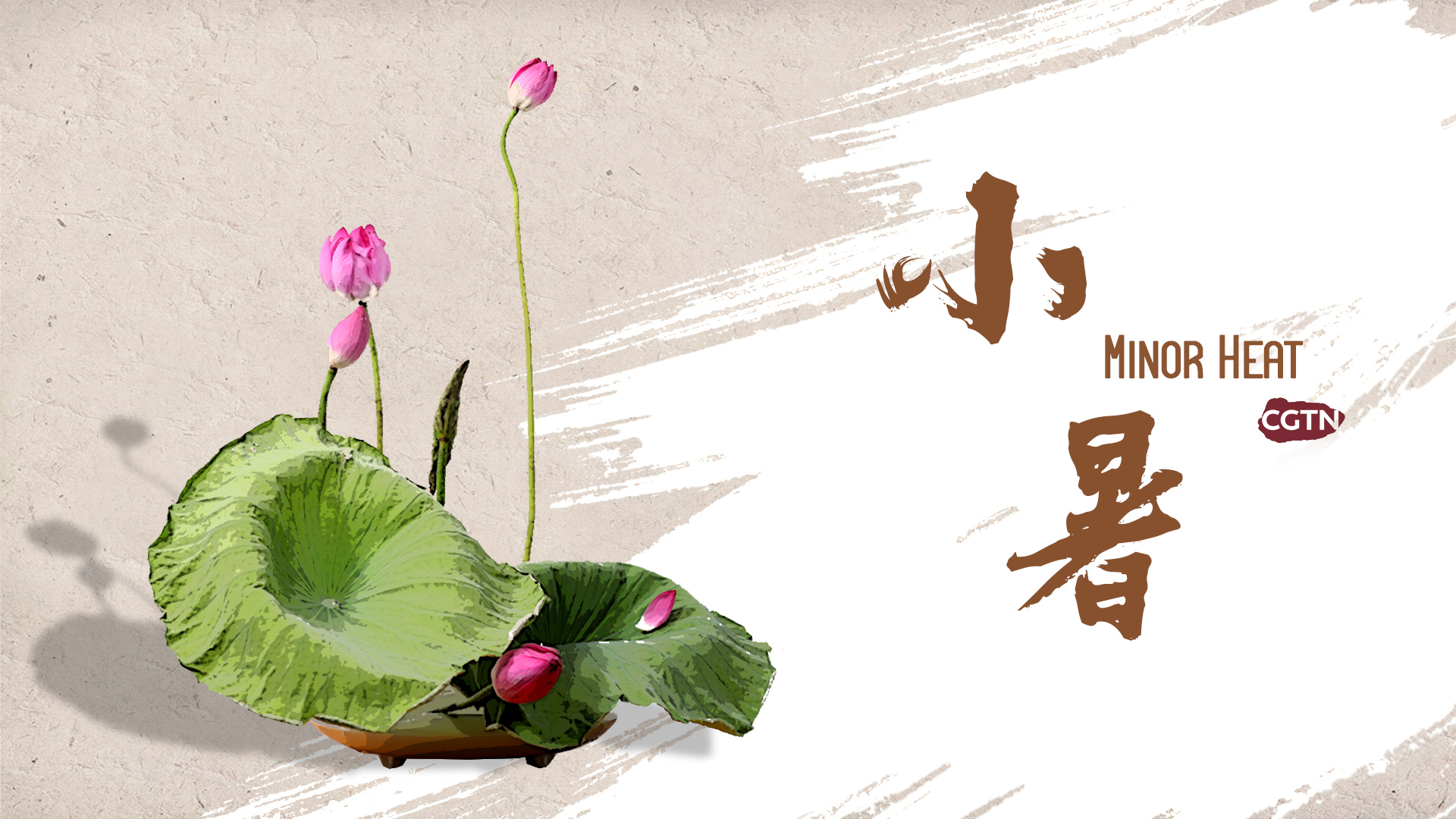
As the old Chinese saying goes, "A sudden breeze of warm air as Minor Heat arrives."
The quickly rising temperature and signature sound of cicadas mark the advent of "Minor Heat," or "Xiaoshu" in Chinese, the 11th solar term of the traditional Chinese lunar calendar, followed by Major Heat.
Minor Heat, which begins on July 6 this year, will end on July 22. As the glowing heat grips most parts of China, the fifth solar term in summer signifies the beginning of the Sanfu days – the hottest period of the year.
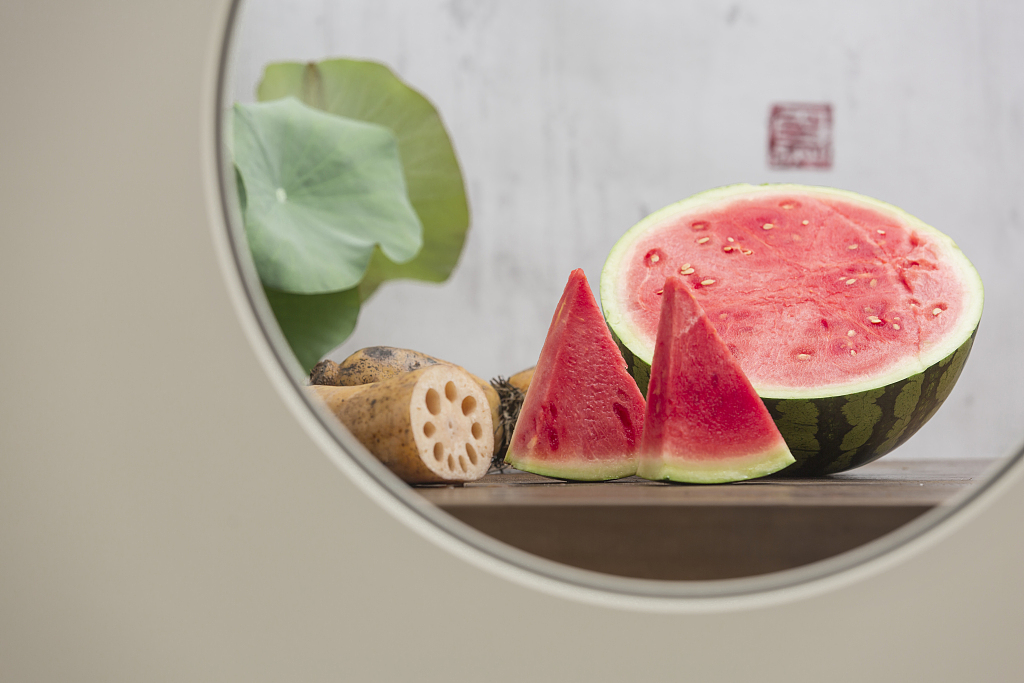
As the weather heats up during Minor Heat, all kinds of melons are harvested and served on the table. /VCG
As the weather heats up during Minor Heat, all kinds of melons are harvested and served on the table. /VCG
Thunderstorms and hail frequently occur during this period, while droughts or floods are likely to hit different areas in the country. Farmers thus have to stay on top of changing conditions to adjust their farming activities.
As the weather heats up, it also sees all kinds of melons being harvested and served on the table, becoming one of the most popular fruits in summer.
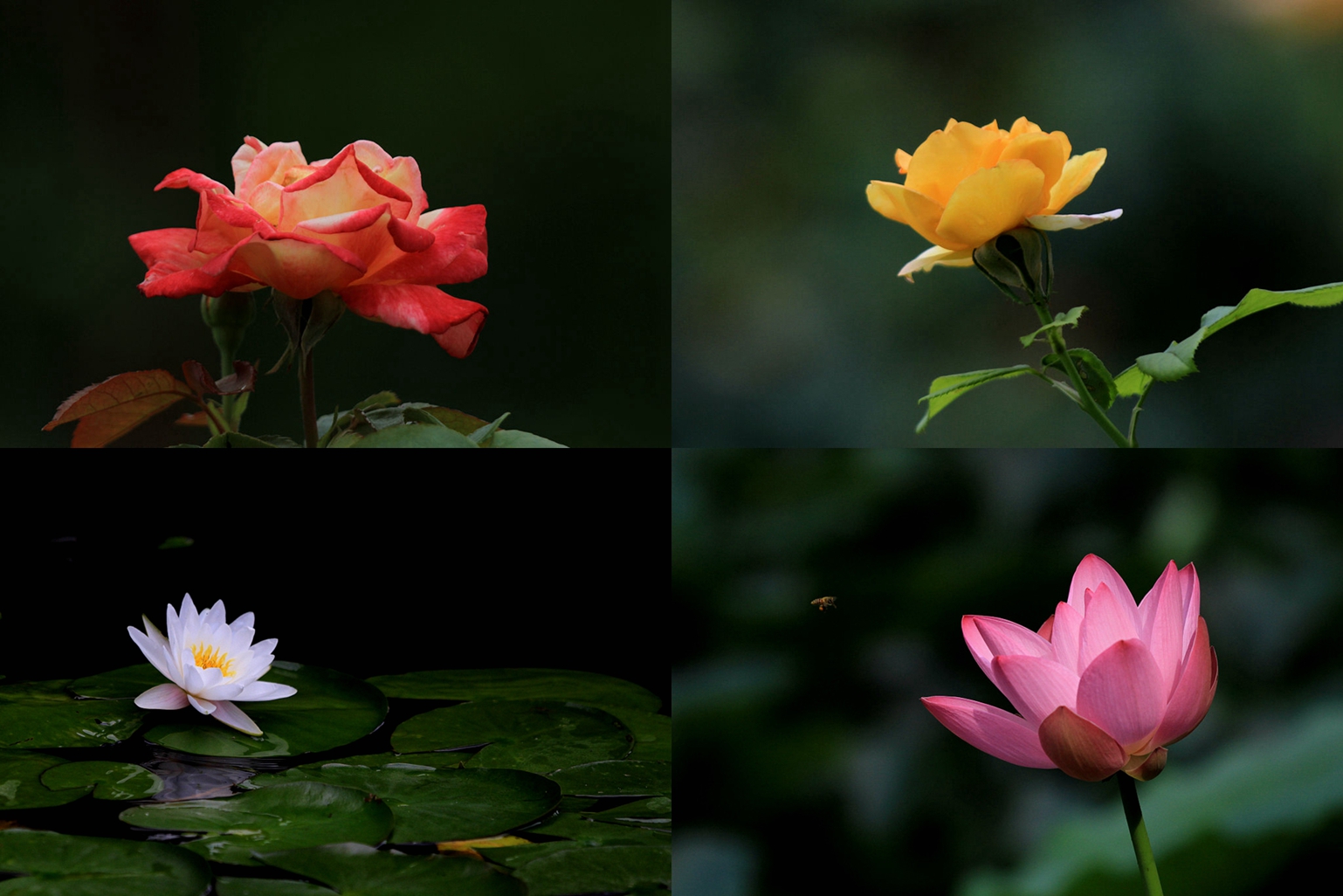
Flowers are in full bloom during Minor Heat. /VCG
Flowers are in full bloom during Minor Heat. /VCG
Crossing spring, as the weather slowly changes to hot summer, many flowers and plants are embracing their "heyday" of blossoms.
With high temperatures and abundant rainfall, Minor Heat witnesses the best period of floral growth with a variety of flowering plants in full bloom, including lotuses, lilies, sunflowers and chrysanthemums.
Some flowers, however, can only be enjoyed in summertime, such as the lotus flower, which is one of the signature flowers of the season.
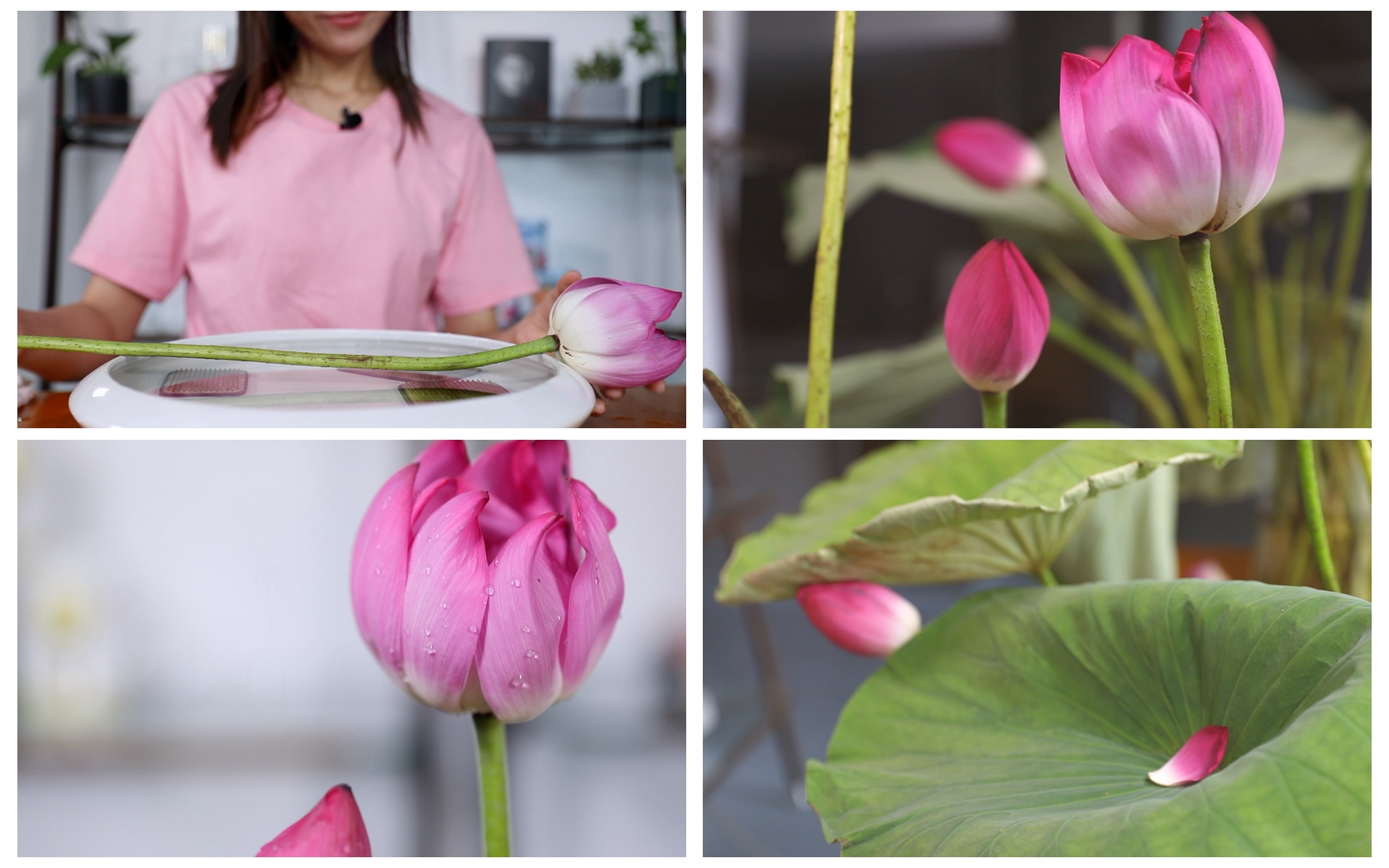
The lotus is the only "protagonist" in this episode of CGTN's special program on floral design for the 24 solar terms. /CGTN Photo
The lotus is the only "protagonist" in this episode of CGTN's special program on floral design for the 24 solar terms. /CGTN Photo
The lotus, colloquially known as "water lily," is the only "protagonist" in this episode of CGTN's special program on floral design for the 24 solar terms.
Featuring lotus flowers in full bloom and others waiting to blossom, as well as its green leaves, open or rolled, the multi-layered floral artwork showcases the beauty and charm of the plant of different postures and manifestations.
Lotus: Sacred, pure and noble
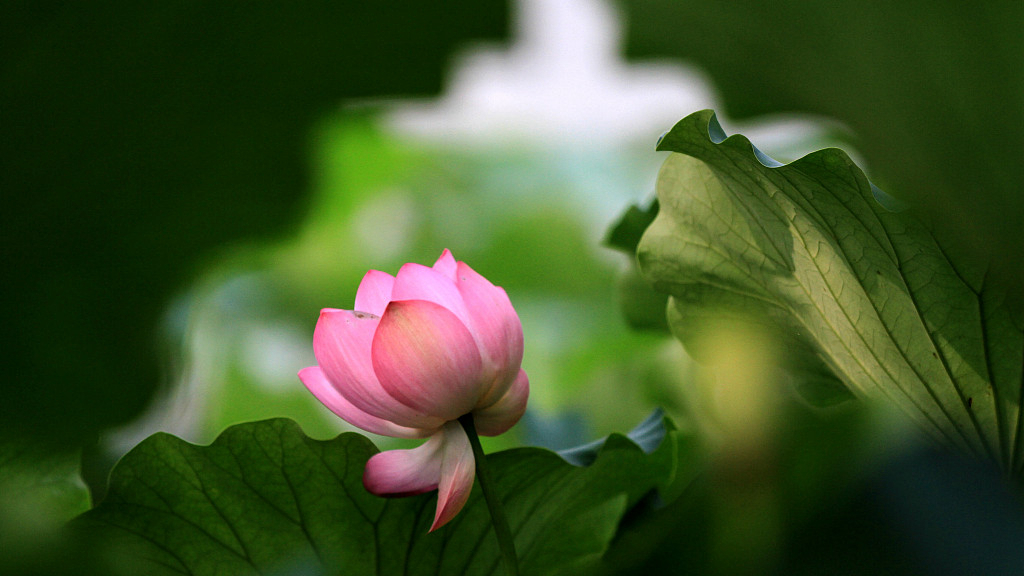
The lotus is a common water plant that has been admired by the Chinese since ancient times. /VCG
The lotus is a common water plant that has been admired by the Chinese since ancient times. /VCG

The lotus is also a popular addition to Chinese gardens. /VCG
The lotus is also a popular addition to Chinese gardens. /VCG
The lotus is a common water plant that has been admired by the Chinese since ancient times. A prominent figure in Buddhism, the plant holds enormous symbolic weight.
Besides its auspicious religious meanings, the lotus has many uses. The flower, along with its leaves, seeds and roots have being widely used in both Chinese cuisine and traditional Chinese medicine for thousands of years.
The sacred flowers, which, as Song Dynasty scholar Zhou Dunyi put it, "come out of the mud yet are not contaminated," stand for noble and pure spirits in traditional Chinese culture, inspiring countless poets and artists.
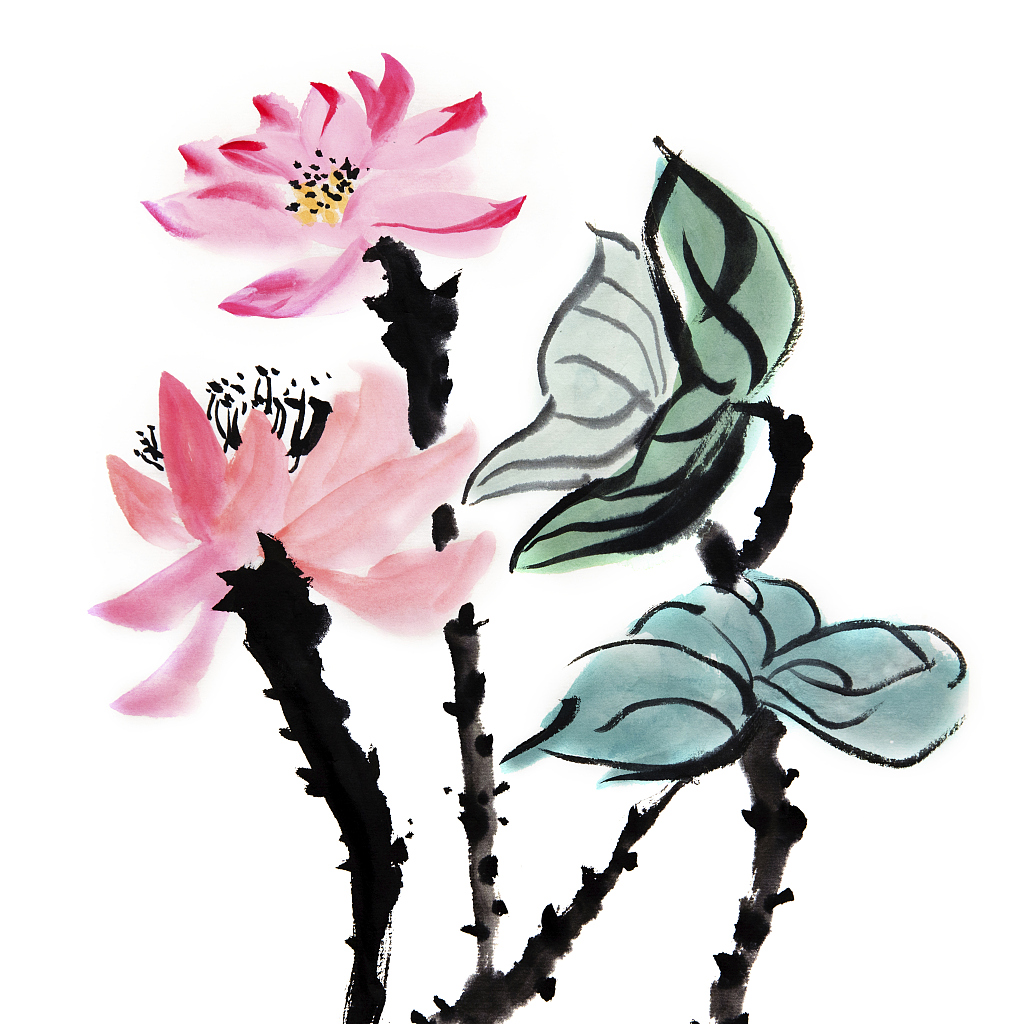
The lotus stands for noble and pure spirits in traditional Chinese culture, inspiring countless poets and artists. /VCG
The lotus stands for noble and pure spirits in traditional Chinese culture, inspiring countless poets and artists. /VCG
Renowned Chinese poet Yang Wanli, one of the "four masters" of Southern Song Dynasty poetry, described the breathtaking scenery of lotus blossoms on the lake in his famous poem "The Lakeside Temple at Dawn":
"Green lotus leaves outspread as far as boundless sky;
Pink lotus blossoms take from sunshine a new dye."
The lotus is a popular addition to gardens, as the flower comes in bright pink and white with large, round green leaves, which will certainly add charm, elegance and vitality to any outdoor space.
(Cover image designed by Yu Peng; Video edited by Yu Qianhui)